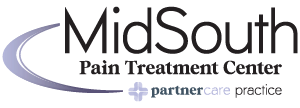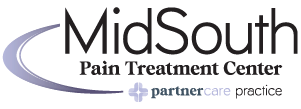As the population ages, the occurrence of chronic pain in the U.S. will increase. Doctors will be faced with a difficult challenge in treating pain in patients over the age of 65. Not only is the duration of pain longer, but the issues related to its diagnosis and treatment will make it a challenge to physicians.
Underreporting of pain is common. Pain is not a normal part of aging. Difficulty in communication with physicians, dementia and depression, and fear of treatment all contribute to pain being underreported. It is important not to just measure a pain score but also a patient’s functional status. I like to measure the impact of pain on the both the social function (can the patient attend church or go to the store?) as well as its impact on multiple diseases (can an obese patient with heart failure exercise?). Pain management can help maintain or improve a patient’s quality of life, which can be measured through activities of daily living (ADLs).
The presence of multiple disease states can complicate the diagnosis and management of pain in the elderly. According to the Archives of Internal Medicine, 82 percent of older patients have at least one medical condition and 65 percent have multiple conditions. Both the conditions and the medicines used to treat them must be considered when forming a pain management plan. The two most common conditions caused by chronic pain I see in my practice are depression and insomnia. These conditions as well as the disease causing the pain must all be treated, meanwhile being aware of the other medications the patient is taking to avoid additional complication. For example, an elderly woman with arthritis who also takes Coumadin® (a blood thinner) for her atrial fibrillation should not be given an anti-inflammatory drug due to the increased risk of bleeding.
In the elderly, treatment needs to be individualized. Managing the primary cause of the pain is the most important step. Use of both pharmologic treatments and nonpharmologic treatments are important. Nonpharmologic options include nerve blocks and joint blocks that control pain for extended periods of time with minimal risk to the well-selected patient. Other nonpharmolocial options include transcutaneous electrical nerve stimulation, physical therapy, and cognitive behavioral therapy. Pharmologic options include both prescription and over-the-counter (OTC) medicines. Adverse events caused by OTC medicine can be just as dangerous as prescription drugs. New pain relieving agents are currently in development and should one day help reduce the unwanted side effects of older ones.
If you would like to discuss more of this, contact us today to find a Midsouth Pain Treatment Center branch near you in Tennessee or Mississippi.
–Steven T. Richey, M.D.





